March 19, 2021: Minke whale hunts, World Heritage Sites contain billions of tons of CO2, Alarming decline in shark numbers, and more…
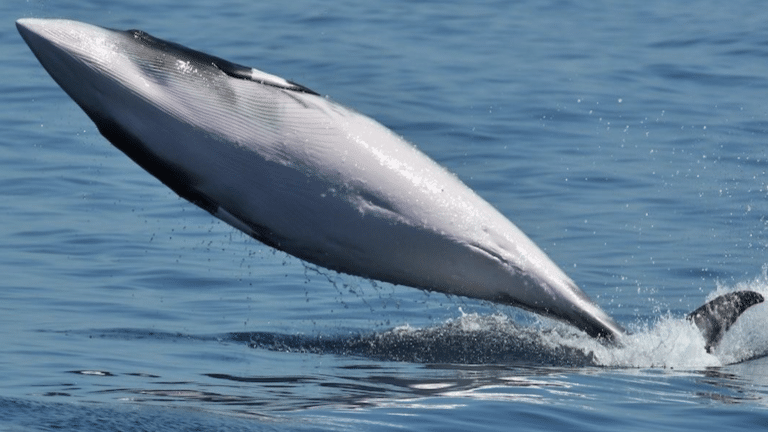
1. The Battle to End Minke Whale Hunts in Norway
There has been a global moratorium on commercial whaling since 1986. This was issues by the International Whaling Commission, which Norway is part of. Norway’s government has consistently rejected this ban since 1993, stating their whaling practices are sustainable despite conservations and animal welfare experts counter claims. An announcement made by Norway’s fisheries ministry said they plan to catch up to 1,278 minke whales this whaling season. This is the same quota has the previous two years. Norwegian’s minister of fisheries and seafood, Odd Emil Ingebrigtsen, claims whaling is about their right to use the country’s natural resources. Anti-whaling advocates argue it is unsustainable, unethical, and counterproductive to the country’s conservation goals. They also state there is sufficient evidence that suggest whales are crucial in maintaining marine ecosystems, making them worth more alive than dead.

2. 130+ Groups Send Letter to Whole Foods Market Calling on Company to Put “Planet Over Plastic”
Environment America Research & Policy Center, U.S. PIRG Education Fund and more than 130 additional groups from coast-to-coast mailed Whole Foods CEO John Mackey a letter Thursday calling on him to commit to concrete and verifiable steps that reduce the company’s plastic footprint. This is the coalition’s second letter imploring the market to make this change, and it comes right after a Greenpeace report released last week that found the chain was failing on its policies and practices aimed at eliminating plastic waste. “The rising tide of plastic entering our rivers and oceans each year can harm and kill turtles, seabirds and fish. This plastic is a clear example of a culture that prioritizes a moment’s convenience over the long term health of our planet and we clearly must change,” said Kelsey Lamp, Protect Our Oceans campaign director for Environment America Research & Policy Center.
Editorial Note: Sea Save Foundation is proud to be a member of the Plastic Pollution Coalition and part of this effort.
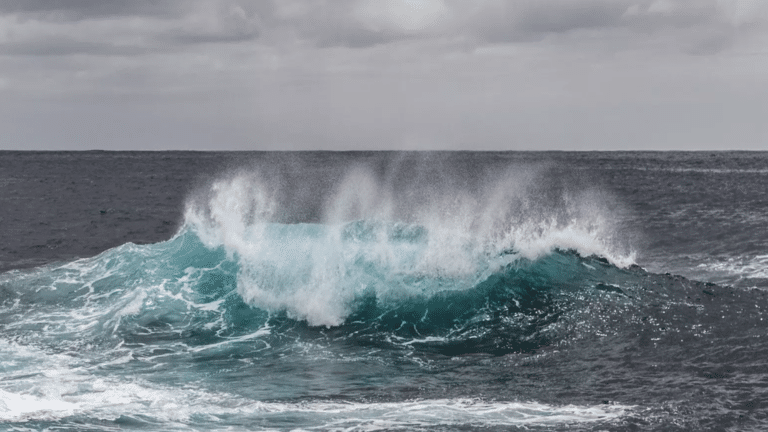
3. These Three World Heritage Marine Sites Store Billions of Tons of CO2
Fifty marine protected World Heritage sites across 37 nations capture and store an estimated 5 billion tonnes of carbon, according to UNESCO, the UN’s educational, scientific and cultural organization. Three sites in Australia – the Great Barrier Reef in Queensland, Shark Bay, and the Ningaloo Coast in Western Australia – account for about 40% of this. By storing these greenhouse gases, UNESCO found that they make a large contribution to mitigating climate change, which is why Investing in the conservation and restoration of these sites is important. But ocean ecosystems – including these world heritage sites – are under threat from a number of sources. Climate change is causing ocean acidification, overfishing threatens wildlife, while plastic pollution continues to flow into the ocean. Initiatives like Friends of Ocean Action and UpLink hope to change this with innovative solutions and global partnerships.
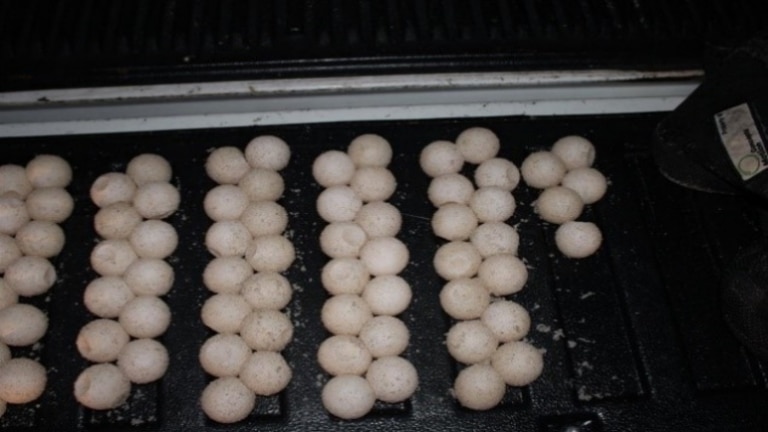
4. Poachers of 93 Protected Sea Turtle Eggs Sentenced to Prison
Bruce Wayne Bivins and Carl Lawrence Cobb, both of Riviera Beach, Florida, will serve federal prison terms after pleading guilty to poaching federally-protected sea turtle eggs, with Bivins having a seven-month term of imprisonment followed by one year of supervised release for his role in violating the Endangered Species Act, a federal law designed, to protect imperiled species. Florida Fish and Wildlife investigators caught Bivins and Cobb on the evening of May 24, 2020, while conducting a surveillance operation and observed Bivins digging in the sand and placing his hand in and out of a dark-colored bag. Investigators later observed Bivins enter a vehicle, driven by Cobb, with the filled dark-colored bag. According to court records, after investigators stopped the two men, it was determined that the dark-colored bag contained freshly harvested, Federally- and State-protected sea turtle eggs.
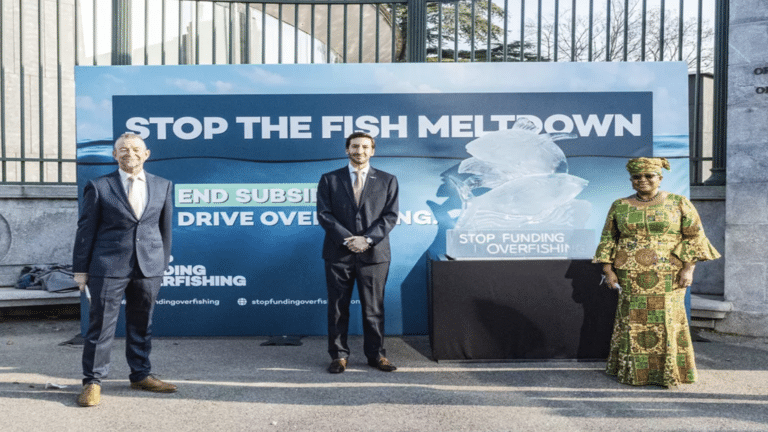
5. World Trade Organization Deal Could Halt Harmful Fishing Subsidies and Global Fish Meltdown
Every year, governments around the world pump some $22 billion of public money into efforts that encourage overfishing. In 2015, world governments agreed unanimously to 17 Sustainable Development Goals, or SDGs, which include a goal dedicated to a healthy ocean. SDG14 has a target that explicitly pledges to eliminate harmful fisheries subsidies “by 2020” through the conclusion, finally, of those negotiations at the World Trade Organization (WTO) that began two decades ago. Largely due to complications arising from the COVID-19 pandemic, WTO members failed to seal a deal again last year – though it must be recognized that excellent progress is still being made, such as working with many civil society organizations. Under its new Director-General, the WTO is within reach of a deal that will bring immense benefit for ocean life of both the human and aquatic kinds.
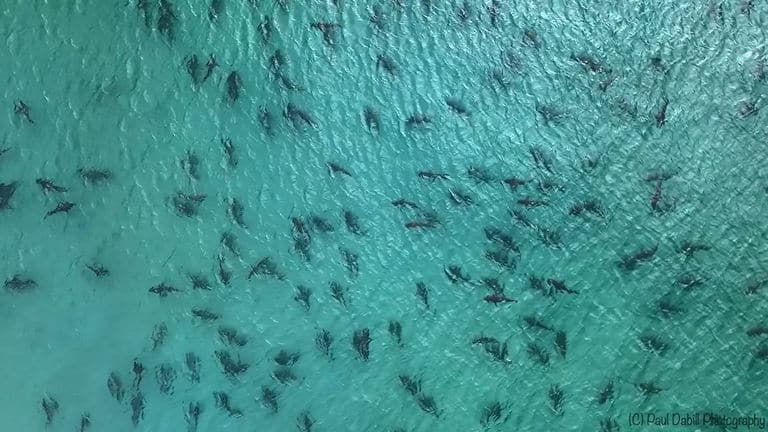
6. Dramatic Drone Footage of Blacktip Sharks Captured
Each March, blacktip sharks in Florida migrate north to the coastal waters of Virginia and North Carolina until September or October. Drone footage of this migration was captured off a small island Tampa, Florida. Photographer Paul Dabill, who submitted the footage to WFLA, said the school of sharks were near Singer Island, which is roughly 15 minutes from West Palm Beach. Blacktip sharks are known to frequent shallow waters off beaches and bay areas, which are popular areas for people to visit. Roughly 20% of shark attacks in Florida waters are the result of blacktip sharks and are usually surfers. The blacktip sharks can weigh anywhere between 66 to 222 pounds and on average are 5 feet long. In recent years, it has been reported that the number of blacktip sharks migrating has decreased, citing warming waters as a key factor.
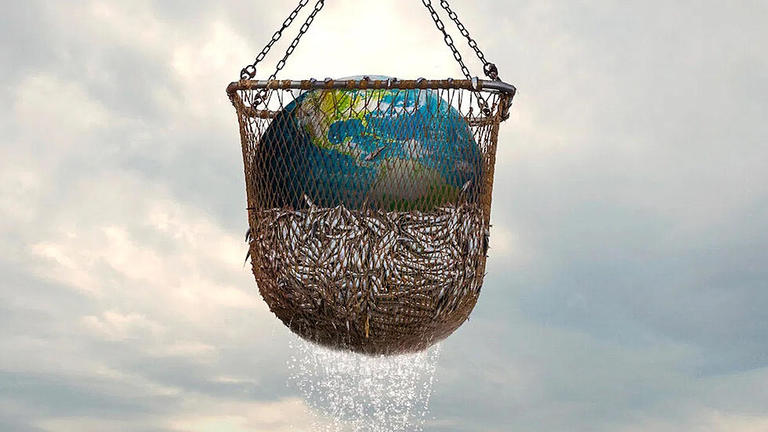
7. Netflix Original Seaspiracy Will Make You Think Twice About Ordering Fish
Netflix’s Original Seaspiracy is the aquatic sequel of the groundbreaking documentary Cowspiracy. Director Ali Tabrizi and assistant director Lucy Tabrizi passionately highlight the environmental impacts factory fishing has on our world’s oceans and pleads viewers to take action for not only the sake of the environment’s future, but our own. This includes discussions around habitat destruction, fishing practices, overfishing, overconsumption, and more. They also have conversations surrounding the global corruption of the fishing industry and the 24,000 lives lost each year. Seaspiracy released a statement saying “this film will radically transform the way we think and act on ocean conservation forever. It is time we focus our ecological and ethical concerns on our seas and its inhabitants. This is a new era for how we treat the most important habitat on earth.” This must-see film is available on Netflix March 24th, 2021.
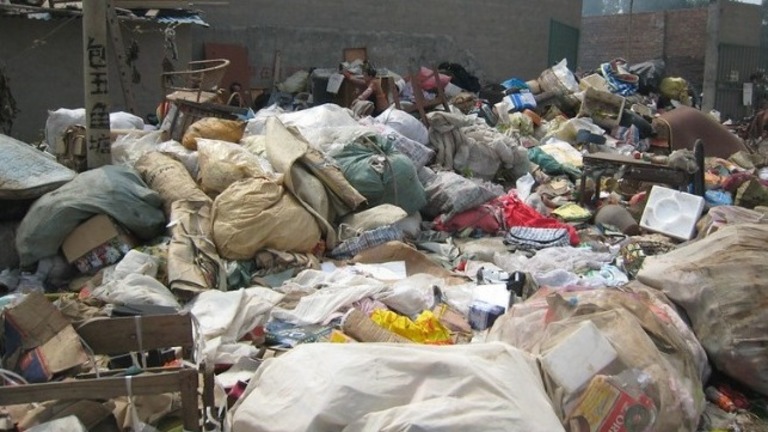
8. China Working to Get Ocean Plastic Waste Outflow Under Control
In 2010, research led by Jenna Jambeck, a professor at the University of Georgia, identified China as the world’s largest contributor to oceanic plastic pollution and found that of 75 % of waste was mismanaged. In 2016, a drastic cut to 25%was made, making them the fifth largest source of oceanic plastic pollution. Li Daoji, from State Key Lab of Estuarine and Coastal Research, believes this number to be much less. In 2017, his research published by the Ministry of Housing and Urban-Rural Development found mismanaged waste in cities was between 1% and 3.9% and 12.8% to 27% in rural areas. Over the last decade, waste management has become stricter, there has been integration of villages into urban waste and sanitation systems, and a nationwide environmental clean-up is consistently occurring. China and a team of researchers are continuing to seek other ways to reduce waste.
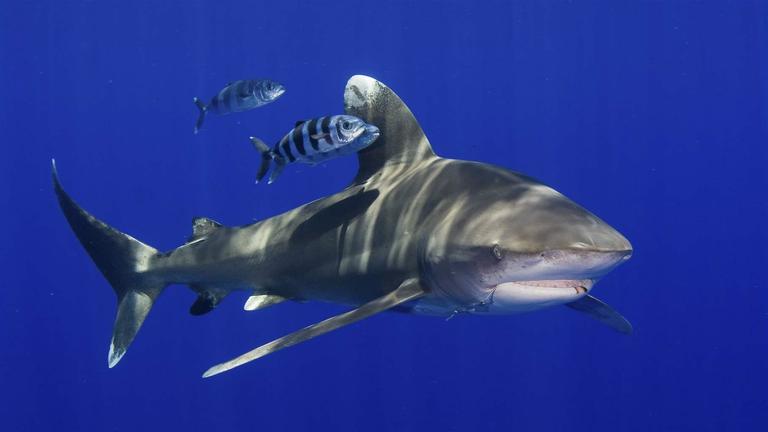
9. Alarming Decline in Shark Populations Points to Need for Stricter Conservation Measures
Despite years of calls to better protect oceanic sharks and rays, a recent study in the journal Nature reveals that, since 1970, the global abundance of these predators has declined more than 70 percent, largely because of increased fishing pressure. In particular, the concerning status of the oceanic whitetip and the shortfin mako shark demonstrates how the regional fisheries management organizations (RFMOs) have failed to do enough to stop the incidental catch and killing of sharks. The most recent stock assessment suggests that the population could go extinct in the Pacific if the current mortality rate continues. As a result, scientists that are a part of the Western and Central Pacific Fisheries Commission are recommending additional mitigation and safe handling measures to reduce mortality and help the population recover, such as making gear modifications for fishing.
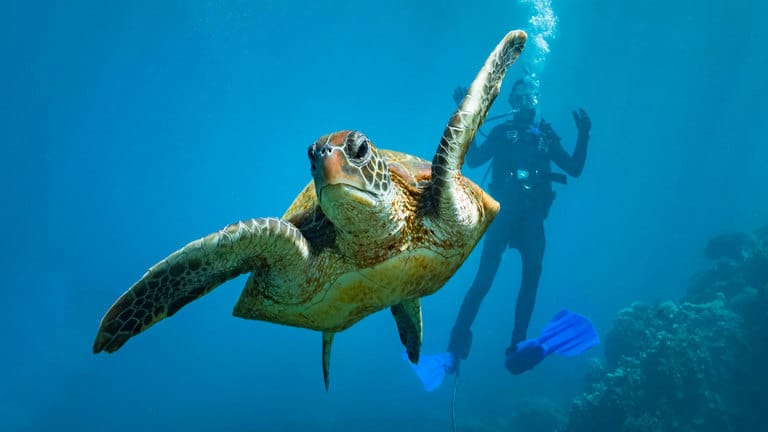
10. In the Push for Marine Conservation, Partially Protected Areas Are a “Red Herring”
Inspired by the United Nations Aichi Biodiversity Targets, nations are rallying behind an ambitious pledge to conserve 30 percent of their lands and waters by 2030. However, more than two-thirds of the world’s marine protected areas (MPAs), a primary marine conservation tool, allow some form of fishing. Now, an in-depth study of MPAs along Australia’s southern coast shows that these partially protected reserves are largely ineffective—both for protecting biodiversity, and for improving people’s enjoyment of the protected space. The study, conducted by social ecologist John Turnbull and his colleagues at the University of New South Wales in Australia calls partially protected marine reserves “red herrings” that “create an illusion of protection and consume scarce conservation resources. There’s a great misalignment between public expectations and what partially protected MPAs are delivering.
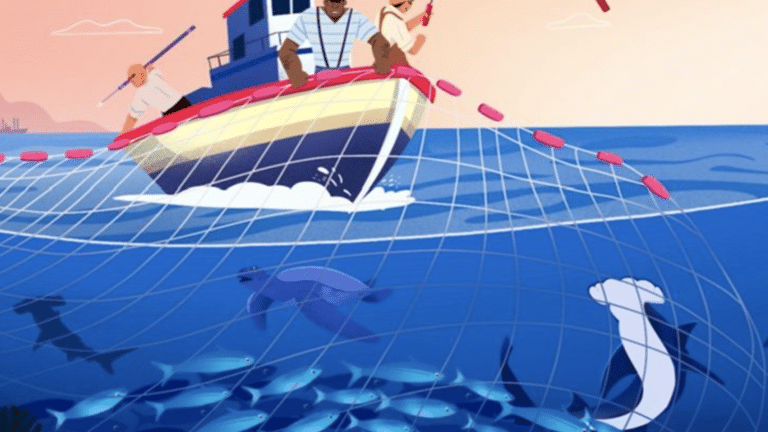
11. Illegal Fishing: The Great Threat to Latin America’s Marine Sanctuaries
An investigative collaboration by Mongabay Latam, Ciper in Chile, Cuestión Pública in Colombia, and El Universo in Ecuador looked at illegal fishing and the threats it poses to Latin America’s marine sanctuaries. The investigation revealed suspected illegal fishing activities in marine protected areas in those three Latin American countries as well as Mexico. Many Latin American marine protected areas do not have enough surveillance or budget to prevent these crimes, and in some cases lack even a management plan defining a monitoring strategy. It is in this context that foreign fleets, particularly from China, including boats with a history of illegal fishing, also cross marine sanctuaries during their journeys. Marine-protected areas are important to protect the oceans that generate most of the oxygen we breathe, absorb a large amount of our carbon dioxide emissions, regulate the climate, and feed the world’s people.
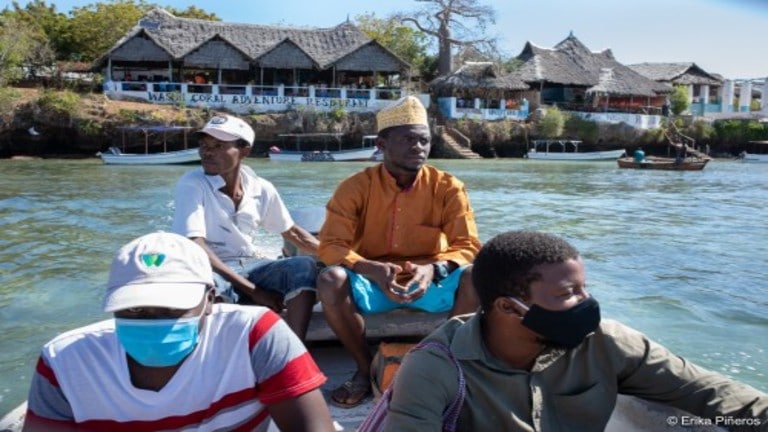
12. COVID-19’s Impacts on Global Conservation Efforts Laid Bare in Latest Parks Issue
A new special issue of PARKS, the journal of the IUCN World Commission on Protected Areas, reveals massive impacts on global conservation efforts seen during the COVID-19 pandemic. Included studies reveal major job losses among protected area rangers, reductions in anti-poaching patrols, and environmental protection rollbacks. Bright spots from around the world however emerged as studies showed Indigenous Peoples and local communities (IPLCs) with governance power over their lands and waters were in many cases able to continue to steward their resources and protected areas even amid massive economic downturns and significant increases in local reliance on ecosystem resources for food and livelihoods. Findings in this PARKS issue give governments and other institutions a timely opportunity to thoughtfully mitigate identified gaps in global conservation efforts and infrastructure and bolster needed financial investments heading into the post-2020 decade of ocean conservation.
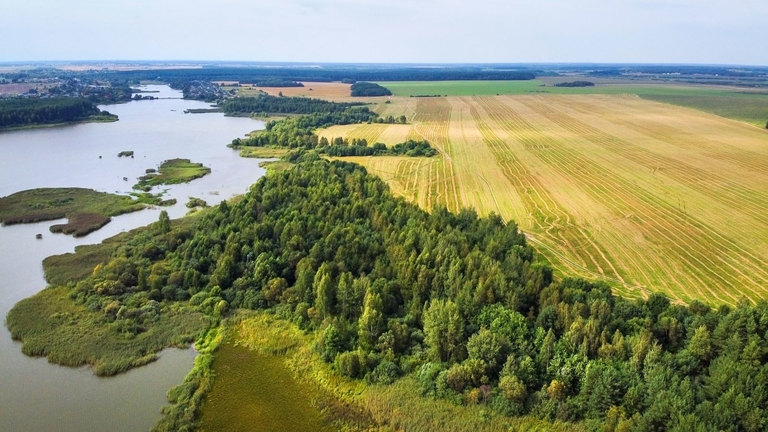
13. Details Behind Biden’s 30 by 30 U.S. Lands and Oceans Climate Goal
The administration’s sweeping plans to protect 30 % of U.S. lands and ocean territories by 2030 seek to capitalize on natural landscapes and resource which act as powerful carbon sinks, pulling CO2 from the atmosphere and storing carbon in soil, grasses, shrubs, and trees, coral reefs, seagrasses, and ocean floor sediments. Biden’s efforts to go through with this plan include placing a pause on new leases for oil and gas exploration on federal lands and waters, ordering a 60-day review of former President Trump’s move to shrink the size of the Bears Ears and Grand Staircase-Escalante national moments in Utah, potentially creating national monuments on federal public land, and calling for the establishment of a Climate Conservation Corps to mobilize people across the U.S. to participate in conservation projects that support the 30 by 30 goal
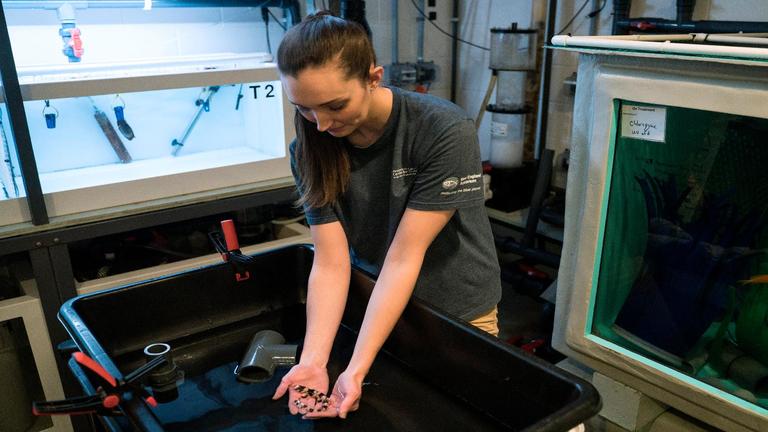
14. Warming Oceans Mean Smaller Baby Sharks Struggle to Survive
A group of scientists conducting a study in connection with the New England Aquarium found that epaulette sharks, which live off Australia and New Guinea, in warmer conditions were having increasingly sped up growing processes, meaning that they hatched from eggs earlier and were born exhausted. The group wrote that epaulette sharks are well known among scientists for their hardiness, so the negative impacts of warming raises a troubling question: “If epaulette sharks cannot cope with, in this case, thermal stress, how will other, less tolerant species fare?” “This study further exemplifies that sharks will not be immune to a warming ocean,” said Mariah Pfleger, marine scientist at conservation group Oceana “We need to know how climate change will impact species’ range, life history traits, and survivability in order to protect these already vulnerable species.”
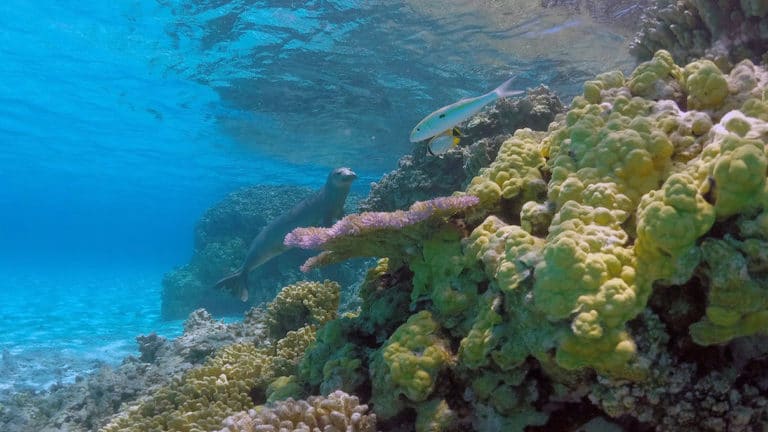
15. Countries Fall Short of U.N. Pledge to Protect 10% of the Ocean by 2020
A decade ago, the international community pledged to protect 10% of the ocean by the end of 2020, under the auspices of the U.N. Convention on Biological Diversity. Despite adding new marine protected areas quickly, the international community is falling well short of that goal: only about 7.5% of the oceans is now protected, according to a generous assessment. Even proponents of marine protected areas acknowledge they are not always as effective as they could be, struggling with these areas not having proper enforcement. Conservationists are now pressing for the adoption of a more ambitious new international goal: protecting 30% of the oceans by 2030. Many benefits of increasing protection include augmenting fisheries, which essentially means that more protection means more food for a hungry planet in the long term.
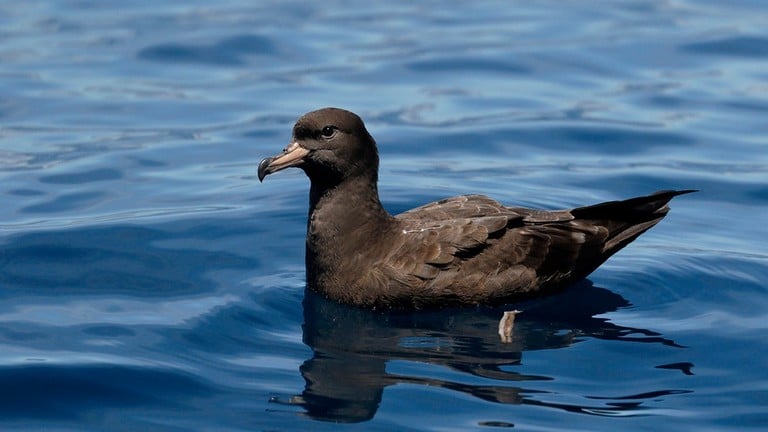
16. Trained Birds Can Scour the Oceans, Collect and Return Plastic to Land Based Receptacles
Dr. Alex Bond, Senior Curator of Birds at the Museum, has been involved in a project led by PhD student Megan Grant from the University of Tasmania to document just how much plastic is being brought back to land by birds, specifically seabirds known as shearwaters inhabiting Lord Howe Island on the Pacific. Every year, they estimate that these birds bring back and deposit on the island around 688,000 pieces of plastic, weighing roughly 165 kilograms. This works out at about 30 pieces of plastic per breeding pair per year. This raises questions such as how plastic can alter birds’ blood chemistry, forest ecosystems, and how this relatively unknown cycle is moving plastic around the world. The results of this project on this small island can be an indicator of this cycle potentially happening in many other places.
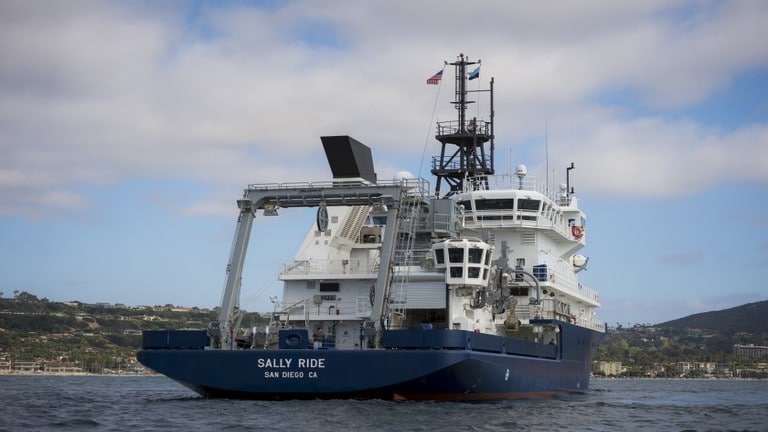
17. Deep-Sea ‘Roombas’ Will Comb Ocean Floor for DDT Waste Barrels Near Catalina
When Californians learned in October that the waters off Santa Catalina Island once served as a dumping ground for thousands of barrels of the DDT pesticide waste, the ocean science community jumped into action. A crew of 31 scientists and crew members will be spending two weeks aboard the Sally Ride, one of the most technologically advanced research vessels in the US, surveying almost 50,000 acres of the seafloor. The expedition this month will deploy two high-tech robots that will comb large swaths of the ocean floor with sonar. The plan is to post the data from the two robots almost immediately onto a NOAA-run repository usually used for live-time hurricane updates, oil spills and other major disasters. And within 30 days of the expedition, more polished data will be made available on NOAA’s National Centers for Environmental Information’s website.
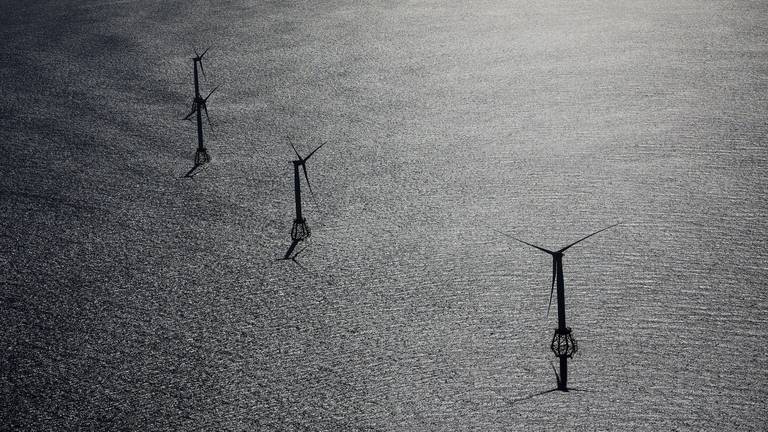
18. Biden Gives Offshore Energy a Second Wind
The Vineyard Wind project has been underway for a decade and the Biden administration is betting its completion will help slow climate change. Vineyard Wind received a $2.8 billion approval to further their project, but concerns of ocean circulation patterns, marine species effects, changes in fisheries, and ocean mixing have been raised. Scientists claim there is not enough research in areas with similar current and weather patterns to know or understand the impacts. One effort made to reduce impacts during construction is an agreement signed by Vineyard Wind and a coalition of environmental groups to limit construction noise and boat traffic during usual times of right whale activity between January and April. It has been concluded that while we need to address climate change, we need to ensure that we are also addressing the consequences of offshore wind farms.
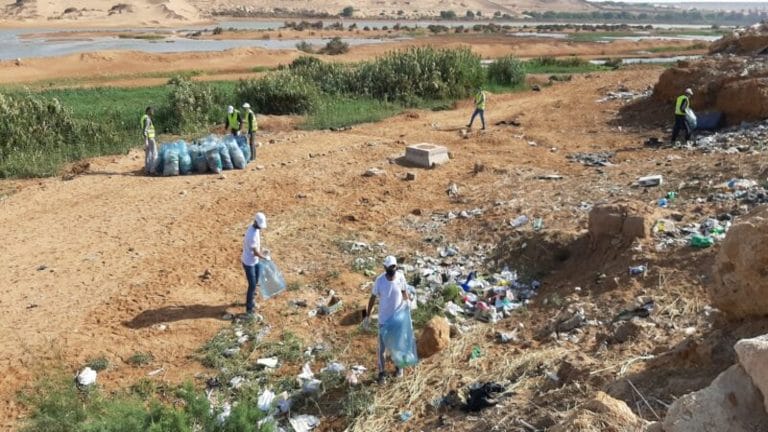
19. Morocco: Asmapec Joins Forces With Searious for the Fight Against Plastic
In Morocco, the Moroccan Association for the Protection of the Environment and Climate (Asmapec) and the Dutch company “Searious Business” have just launched an initiative called Mossup. As part of this project, the two partners wish to involve Moroccan supermarkets in preserving the environment by reducing plastic waste. Asmapec and Searious Business plan to create a system where reusable packaging will be collected and then recycled in suitable local facilities before being made available to supermarkets and other distribution points in Morocco. According to Searious Business, a pilot experiment for this project will be launched in the Moroccan capital Rabat with projected results of improving the collection of used plastic and the capital’s recycling rate. Currently, Morocco is relying on many investors to reduce the amount of waste, estimated at six million tonnes, or an average emission of around 250 kg per inhabitant per year.
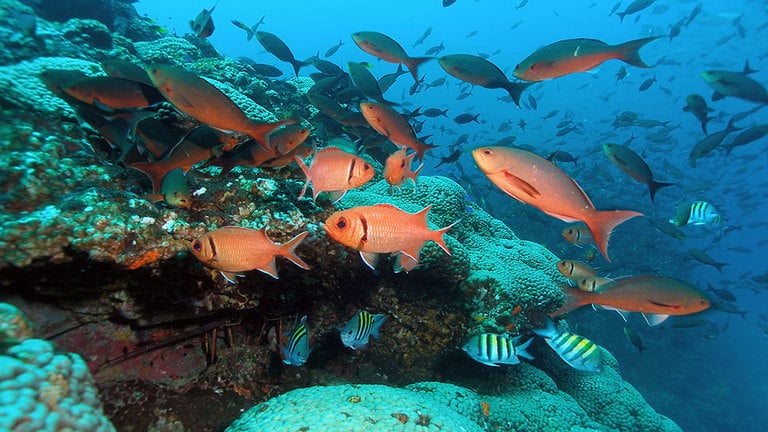
20. Study Finds High Loss of Seagrass in the Waters Surrounding the United Kingdom
In January the United States quadrupled the size of the Flower Garden Banks National Marine Sanctuary, located in the Gulf of Mexico. The expanded boundary protects fourteen more reefs and banks, in addition to the Marine Protection Area’s original three banks. The newly protected areas are now off-limits to bottom-contact fishing gear, ship anchoring, and petroleum exploration and production. The expansion marks the conclusion of several years of planning and public consultation on it, dating back to 2007.This follows the publication of a Final Environmental Impact Statement (FEIS) on December 11, 2020, which clarified the expected impacts of the proposed expansion.These areas include critical habitat for recreationally and commercially important fish, as well as threatened or endangered species of manta rays, sea turtles, and corals in the Gulf of Mexico.
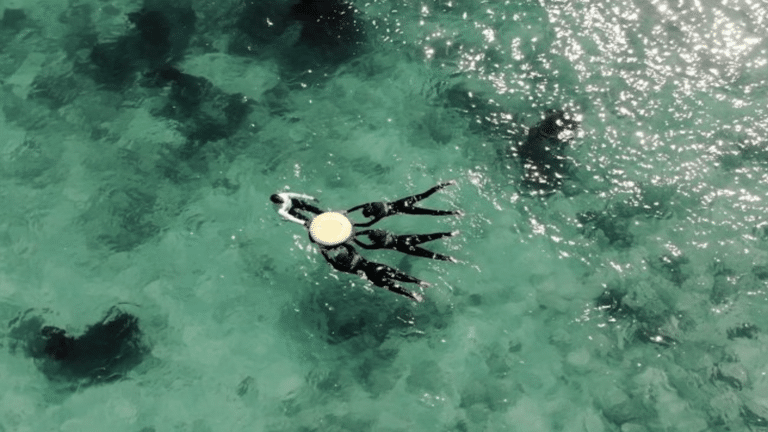
21. I AM WATER campaign connects South African children to the ocean
In South Africa, Cape Town based environmental non-profit organization, I AM WATER, has partnered with renowned sport foundation, Beyond Sport, and five other international sporting organizations, in a global, “sport for Climate Action Collective Impact Campaign”, using sport to raise awareness about key environmental issues and sustainability. I AM WATER will drive an awareness and fundraising campaign from South Africa, that includes a call to members of the public to sponsor children from low-resourced coastal communities, to participate in I AM WATER’s conservation and snorkel workshops. I AM WATER, the only South African organization chosen to participate in the global campaign, is specifically focused on using ocean experiences and education linked to creating awareness about marine conservation in relation to issues such as pollution, poaching, and climate change. Their mission is to foster physical and emotional connections to marine environments, especially in youth.

22. Rare Sea Turtles released at Canaveral National Seashore by Kennedy Space Center
NASA extended a warm welcome at Kennedy Launch and Landing Facility to 36 Kemp’s ridley sea turtles, the world’s smallest, rarest, and most endangered species of sea turtles. The turtles were about two to three years old and measured in 18 inches in length; their average lifespan is 50 years. Since waters of the northeast were too cold for release, the turtles were transported via a company called Turtles Fly Too from Massachusetts and New York. Their release took place at Canaveral National Seashore (CNS), where NASA owns 140,000 acres of the land. Arrivals and release efforts were coordinated by the Florida Fish and Wildlife Conservation Commission (FWCC), CNS, NOAA Fisheries, U.S. Fish and Wildlife Service (Merritt Island National Wildlife Refuge), Space Florida, manager of the Launch and Landing Facility, and Herndon Solutions Group. This event is a true testament to collaboration.

23. New Zealand: Te Pati Maori Gains Support for Proposal to Ban Seabed Mining
Kiwis Against Seabed Mining (KASM), Greenpeace, and the Deep Sea Conservation Coalition (DSCC) announced their support of Te Pati Maori’s proposal on seabed mining in Aotearoa (New Zealand). Greenpeace ocean campaigner, Jessica Desmond, explains despite there being little known about the effects of seabed mining, it is enough to cause concern. Seabed mining is said to cause severe and potentially irreversible damage to the ocean and its marine life. This negatively impacts biodiversity and ecosystem functions. Communities in and surrounding New Zealand rely on the ocean’s health for tourism and food. Fiji, Papua New Guinea, and Vanuatu have already called for moratoria in their waters, and after nine years Australia’s Northern Territory government implemented a full ban. Phil McCabe of the DSCC says New Zealand’s position on this is one of regional and global importance.
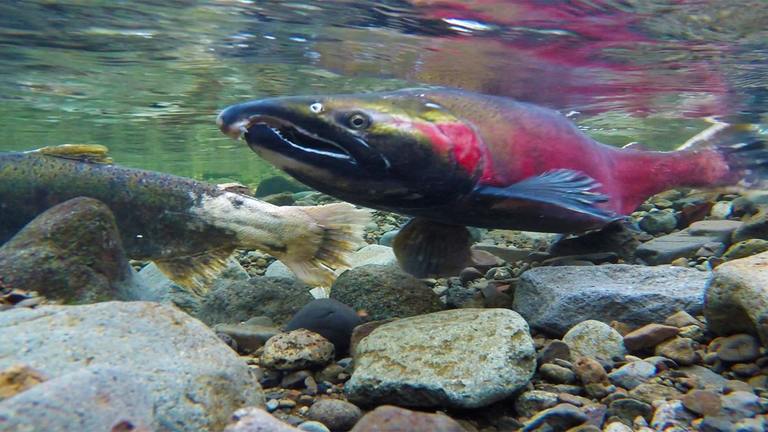
24. Northwest Salmon Face Tough Conditions
According to NOAA, conditions for Pacific Northwest salmon will be a “mixed bag” this year. Salmon survive best when water is cool along the coast and warm father out. La Nina conditions have led to high salmon counts for now, but things are expected to change. Some challenges salmon will face are largely due to climate change. Warming waters and heat waves present a cascade of problems, including food resources and potential increase in predators. Brian Burke, a NOAA biologist, explains that freshwater efforts for salmon populations cannot help them once the salmon enter the ocean. This presents frustrations for scientists when it comes to figuring out how many fish will return to fresh water. If numbers drop below 50 fish for several years in a row, it is considered “quasi-extinction threshold”. Burke firmly states that climate change is imperative to the salmon survival.
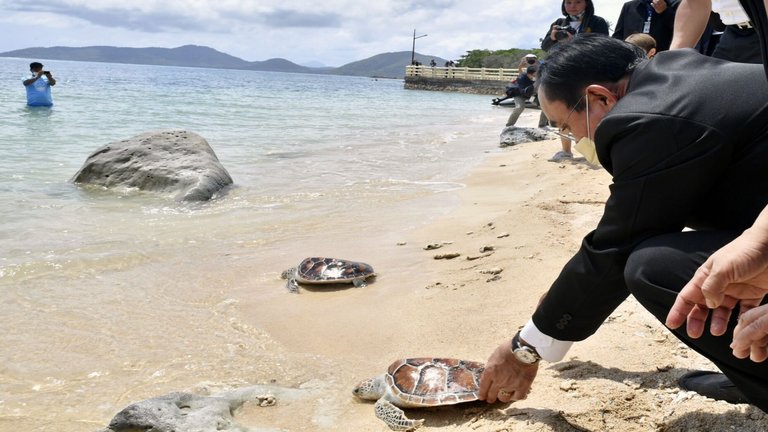
25. Tourism’s Double Edge Sword
Since the COVID-19 pandemic, life for many had come to a halt, including tourism. There has been a significant decrease in air, boat, and vehicle traffic and less people roaming the streets, trails, parks, and waters. This absence of tourists has allowed many parts of earth to heal and global emissions have decreased. In some areas, whales can hear each other from lack of boat engines and other wildlife species regroup, proving that natural landscapes can recover quickly if given the chance. But there is a downside to the lack of tourism. Many governments pay for conservation and enforcement efforts through fees from tourism. These fees often prevent things like poaching, illicit logging, illegal fishing and animal smuggling/trafficking. People are asking, how will we move forward from this as leisure travel resumes? Some suggestions are to take longer trips, check out the sustainability commitments at places you stay, and consider carbon budgeting.
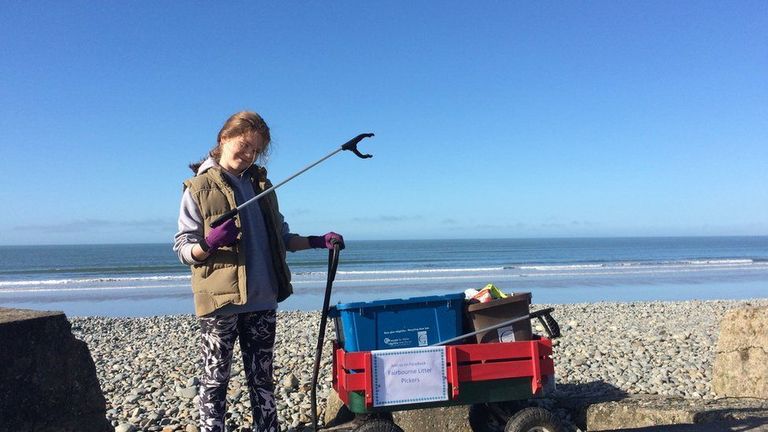
26. 10-Year-Old Welsh Girl Seeks to End Plastic Pollution From Magazine Toys
Skye, a 10-year-old from Gwynedd, Wales, started a petition to get her favorite magazine, Horrible Histories from Kennedy Publishers, to stop sending subscribers plastic toys because of concerns regarding climate change and pollution. She complained that the toys were “utter rubbish” packaged in a plastic bag with plastic bubble wrap and were plastic themselves. Kennedy Publishers claim they use recycled materials and were working to make their magazines environmentally friendly, but Skye wants to see more done. She also requested the switch to wrapping their magazines in paper rather than plastic. Welsh Government minister Eluned Morgan has written to magazine publishers, while Plaid Cymru MP Liz Saville-Roberts raised the matter in the House of Commons. Morgan supports Skye and said she may help Wales reach their goal of becoming a zero waste nation by 2050.
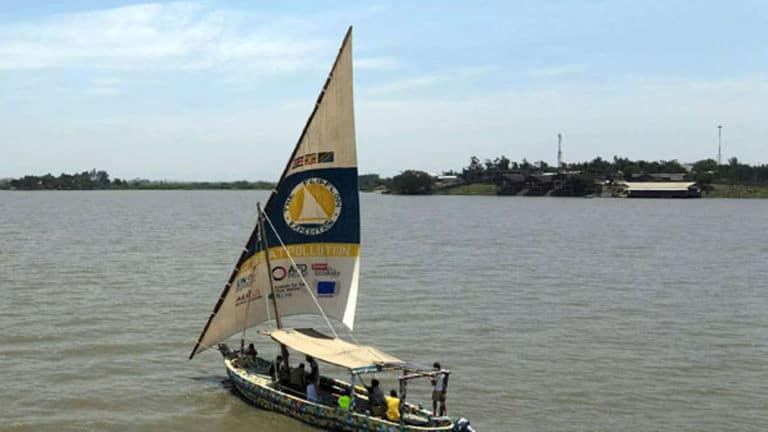
27. Recycled Plastic Boat Sails Across Lake Victoria for Plastic Pollution Awareness
Each year, 12 million tons of plastic are dumped into the ocean, many of which are single-use plastics. To raise awareness about oceanic plastic pollution, a dhow boat named Flipflopi set sail in East Africa on Lake Victoria, stopping at communities in Kenya, Uganda, and Tanzania. Flipflopi is made out of 30,000 flip-flops and is the world’s first recycled dhow boat. Last year, Flipflopi had a goal to reach one million signatures on a petition to end single-use plastic in the East African Community but was slowed due to the COVID-19 pandemic. This year, Flipflopi stopped at 10 East African communities on Lake Victoria to share innovative ideas and inspire communities to adopt circular waste solutions in hopes of putting an end to the single-use plastic problem.




